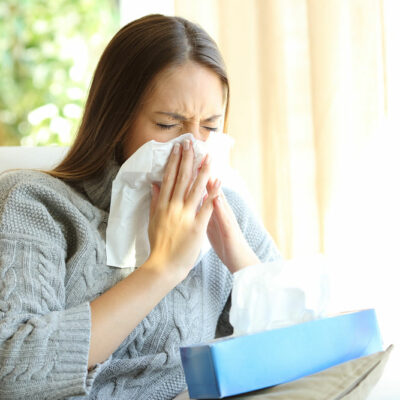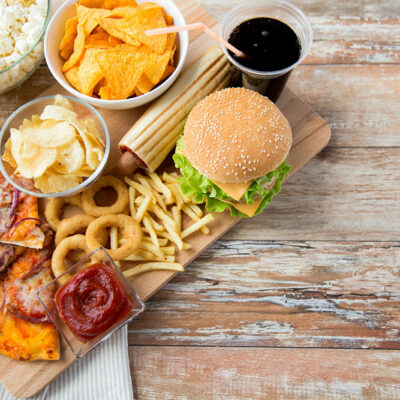
10 Black Friday Dog Food Deals to Expect in 2023
Black Friday 2023 brings exciting opportunities for pet owners to score remarkable deals on premium dog food brands, ensuring their four-legged friends receive nothing but the best. From grain-free options for sensitive tummies to high-protein formulas for active pups, there’s a deal for every discerning pet owner. Whether one prefers kibble, canned, or raw food, the Black Friday sales will feature discounts and promotions on an extensive range of dog food products. Pet parents can snag some amazing deals in anticipation of the Black Friday sale. Here are some previous sale offers that can provide an insight into what can be expected from the 2023 sale: 1. The Bocce’s Bakery All-Natural Everyday Dog Treats were available for a 50% discount at just $4. 2. Stella & Chewy’s Freeze Dried Meal Mixer was available for $15 instead of $22. 3. Chewmeter Himalayan Yaky Cheese Chew helped people save 44%. 4. Pet Parents could enjoy a $29 savings on the Spot & Tango UnKibble packs. 5. PetCo offered a 40% discount on pet food and treats. 6. Similarly, Chewy offered a 40% discount on pet treats. 7. Last year, PetCo offered shoppers $30 off on a $100 pet food purchase. 8. Walmart offered the Purina Pro Plan Complete Essentials for Adult Dogs Chicken Rice packet for a discount of $20.52 as an early Black Friday deal. 9.
Read Article 









